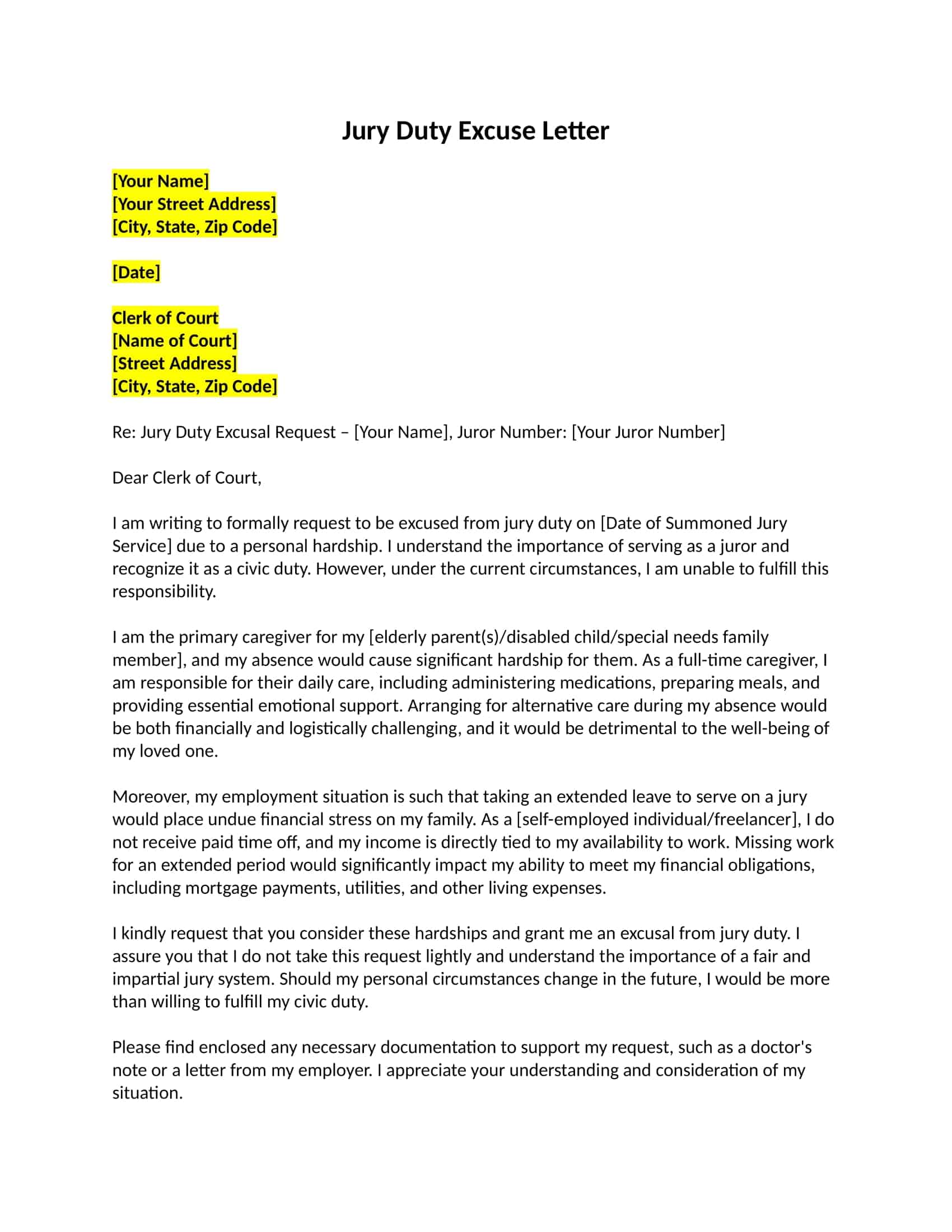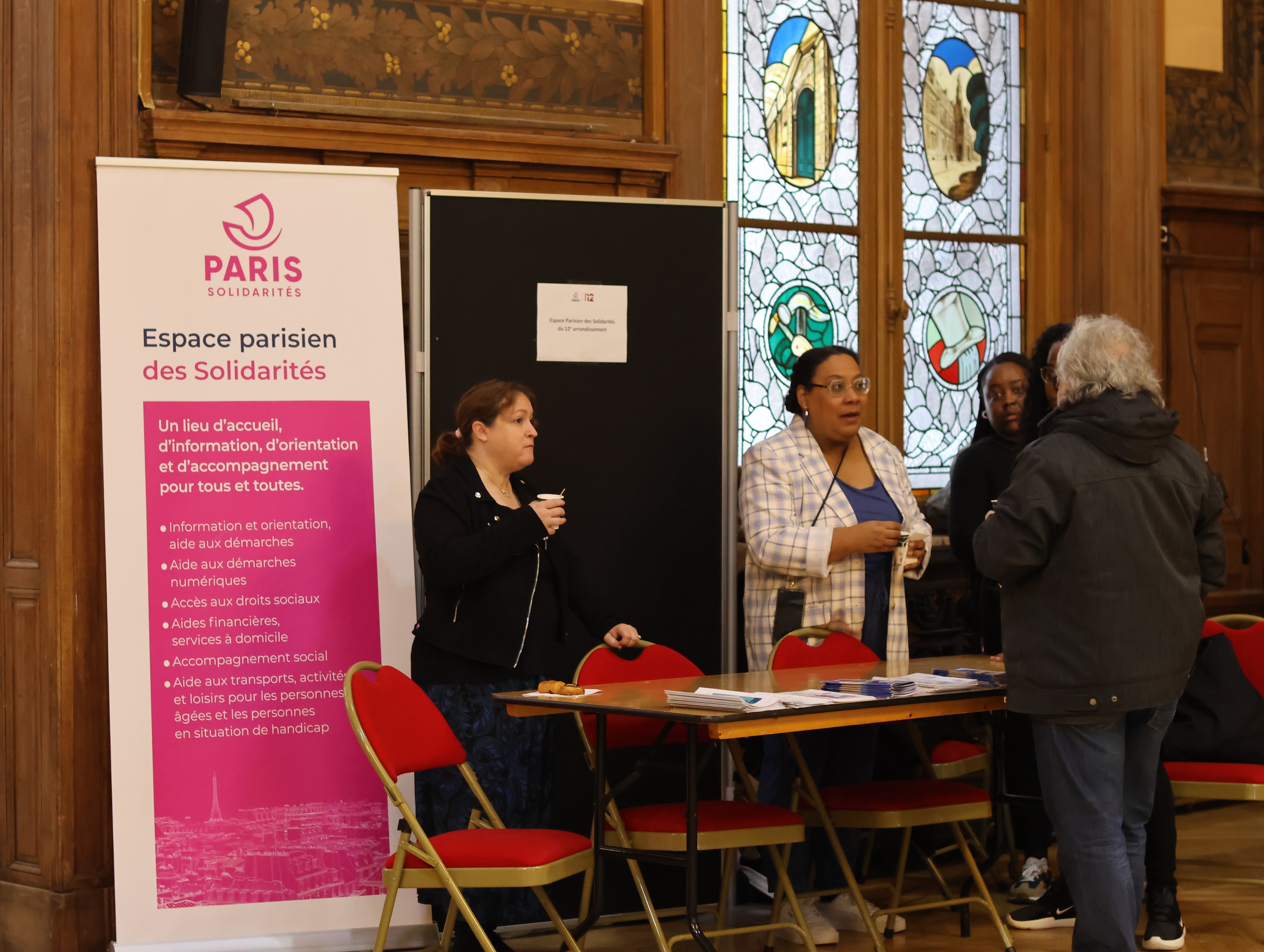Eurovision's Voting System: Jury And Public Combined

Table of Contents
The Two Pillars of Eurovision Voting: Jury and Public
The Eurovision voting system rests on two equally important pillars: the jury vote and the public vote, each contributing 50% to the final score. This dual system is designed to ensure fairness and represent a broader range of musical tastes. Eliminating accusations of bias inherent in purely public votes, the system is a testament to the organizers' commitment to transparency.
- Increased transparency and reduced bias accusations: The inclusion of a jury helps mitigate accusations of bias and manipulation that could occur with a solely public vote.
- Balances popular appeal with artistic merit: Public voting reflects the songs' immediate popularity, while the jury's assessment considers the artistic merit, composition, and performance quality.
- Offers a more holistic assessment of the performances: By combining both subjective and objective assessments, the system attempts to offer a holistic evaluation of each song's strengths and weaknesses.
Understanding the Jury Voting Process
Each participating country assembles a national jury consisting of five music professionals – typically composers, musicians, and producers – with extensive experience in the music industry. Their expertise brings a level of objective evaluation to the process, balancing the subjective nature of the public vote. These juries score each performance confidentially based on set criteria.
- Each country has a national jury: This ensures a diverse range of perspectives in the judging process.
- Juries score each song individually: This prevents the influence of neighbouring countries' preferences or potential voting blocs on their scores.
- The scores are kept confidential until revealed during the broadcast: This adds to the suspense and prevents any potential influence on other juries or the public vote.
- This system helps mitigate the potential impact of national biases on the final outcome: The jury’s professional expertise helps counteract potential national favoritism. The scores are based on objective criteria like vocal performance, artistic impression, composition, and stage presence.
Deciphering the Public Voting System
The public vote is a crucial element, reflecting the sheer popularity of the songs across Europe. Viewers can vote via telephone, SMS, or dedicated apps. The votes are tallied per country, and then these national totals are aggregated to produce a final public score for each participating act.
- Focuses on the popularity of the songs: This component directly reflects the preferences of the viewing public across the continent.
- Enables direct fan participation and influence: Fans have a direct voice in determining the winner, making the competition more engaging and interactive.
- Potential for manipulation and voting blocs discussed (but measures to mitigate these are in place): While concerns about bloc voting and manipulation exist, the Eurovision organization has implemented measures to monitor and minimize their impact.
- Reflects the overall audience's preferences across Europe: The public vote serves as a vital barometer of overall audience preference.
Addressing Concerns Regarding the Eurovision Voting System
The Eurovision voting system, while designed for fairness, isn’t without its criticisms. Concerns about neighbour voting (countries voting for geographically close neighbours), political influence, and the potential for rigging have been raised.
- Transparency of the system helps counter accusations of rigging: The detailed breakdown of jury and public votes adds transparency to the process, minimizing the possibility of manipulation claims.
- The inclusion of juries helps to reduce the impact of neighbour voting: The jury's scores are intended to offset any potential bias stemming from neighborly voting patterns.
- Ongoing discussions and revisions demonstrate a commitment to improving the process: The Eurovision organization continuously reviews and adjusts its voting system to address concerns and improve fairness.
The Final Calculation and Result Announcement
The final Eurovision results are calculated by adding the jury score and the public vote score for each country (50% each). This combined score determines the ranking. The point allocation system follows a well-established pattern: 12 points for the top-ranked country, 10 points for the second, and so on, down to 1 point for the 10th-ranked country.
- Equal weighting of Jury and Televote scores (50/50): This ensures a balance between artistic merit and popular appeal.
- Each country awards points to other countries based on their combined scores: This creates a system where all countries have a direct influence on the final result.
- The country with the most points wins!: The country with the highest combined score after all points are tallied is declared the Eurovision winner.
Conclusion
The Eurovision Song Contest's voting system, a finely tuned balance between jury and public voting, aims to provide a fair and representative result. While challenges and criticisms remain, the commitment to transparency and the ongoing refinement of the Eurovision voting system are evidence of its continued evolution. Understanding the intricacies of how Eurovision points are awarded, and the role played by both Eurovision jury voting and Eurovision public voting, is key to fully appreciating the drama and excitement of this iconic competition. Dive deeper into the world of Eurovision voting rules and discover more about this fascinating process!

Featured Posts
-
 Payden And Rygel The Evolving Landscape Of China To Us Container Shipping
May 19, 2025
Payden And Rygel The Evolving Landscape Of China To Us Container Shipping
May 19, 2025 -
 Will Injuries Shape The Mets Opening Day Roster Including Baty
May 19, 2025
Will Injuries Shape The Mets Opening Day Roster Including Baty
May 19, 2025 -
 Situatsiya Na Kipre Prodolzhaetsya Li Diskussiya O Vyvode Turetskikh Voysk
May 19, 2025
Situatsiya Na Kipre Prodolzhaetsya Li Diskussiya O Vyvode Turetskikh Voysk
May 19, 2025 -
 Travis Kalanick On Ubers Past The Specific Project Decision Regret
May 19, 2025
Travis Kalanick On Ubers Past The Specific Project Decision Regret
May 19, 2025 -
 Forum Du Logement Gencay Acceder A Un Logement
May 19, 2025
Forum Du Logement Gencay Acceder A Un Logement
May 19, 2025
